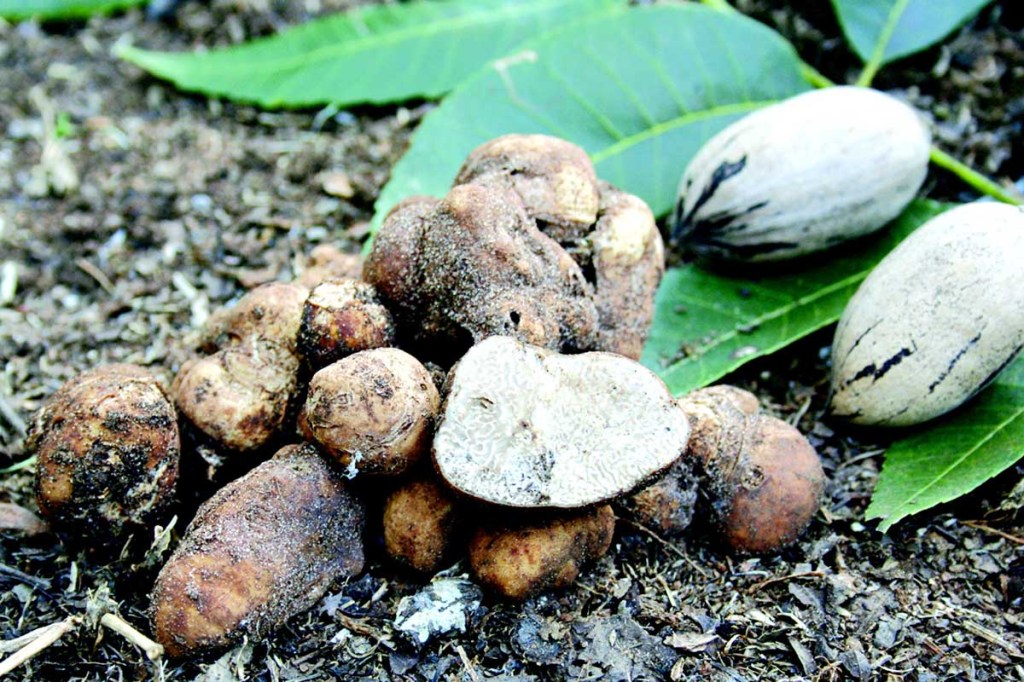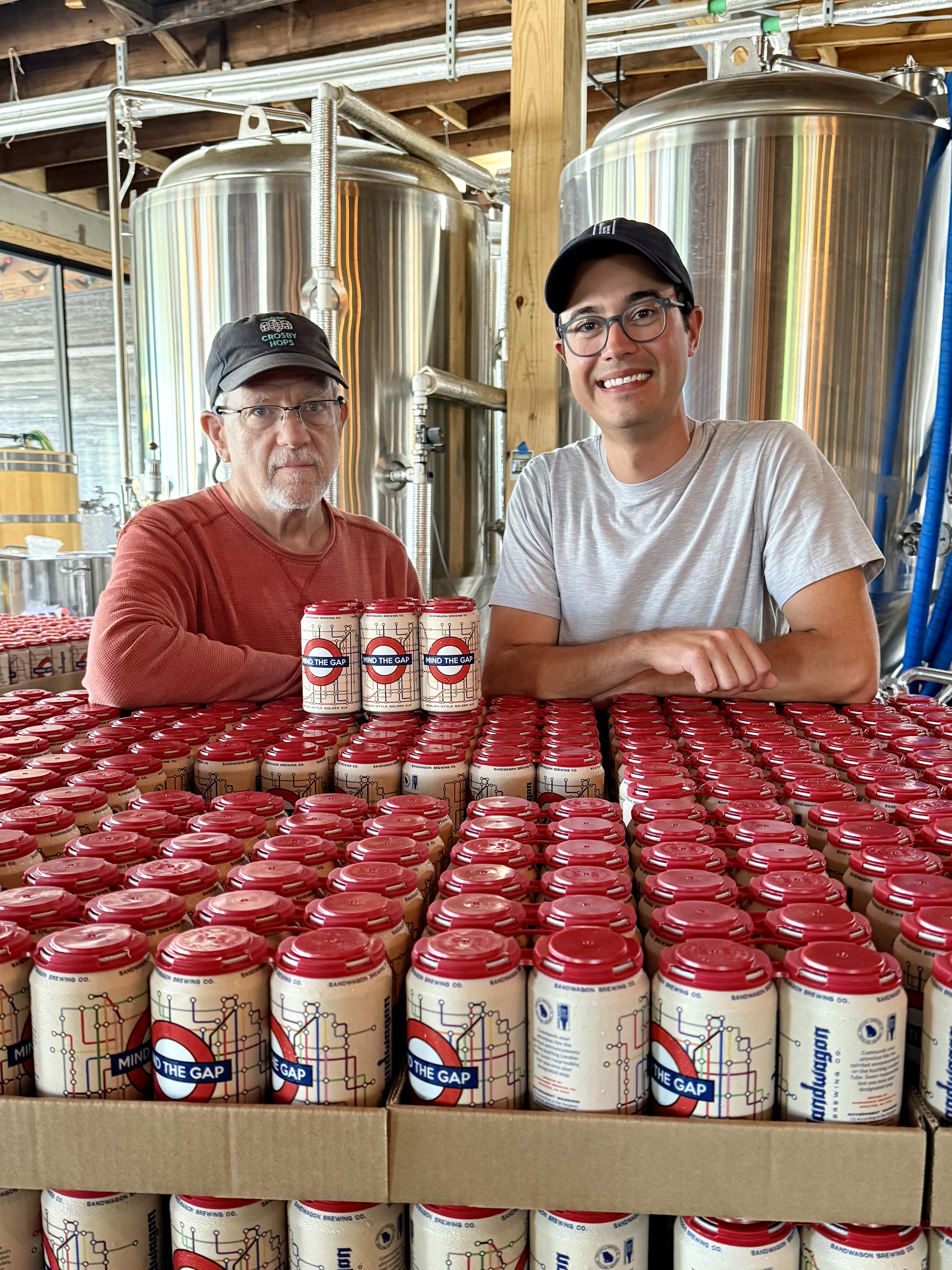Truffles: A fungus that might be marketable here
Published 9:43 pm Saturday, June 25, 2011

- Pecan truffles are an example of a type of farming gaining more and more focus from scientists revisiting ideas for making the most of each plot of land.
There is a fungus spreading beneath the soil in Tift County. It lurks just beneath the surface of the ground spreading itself around the base of many different types of trees. This fungus presents itself in a small knobby form, dark in color, veined in appearance when broken open. It also has a pungent woody odor that is both unusual and lingering.
The good news is, this fungus has been identified as a naturally occurring truffle that grows in a tuber form from a fungus on the roots of trees. Many people are familiar with European truffles which are used in fine cuisine at a very high cost. These truffles are different than their European cousins, but just as valuable as an ingredient top chefs want for their kitchens.
They have come to be known as pecan truffles because they were first recognized in pecan orchards. Aside from being a valuable commodity all on their own, they also help to make the pecan trees healthier so that the pecan crop is likely to increase when truffles are present. It’s a win- win situation.
We now know that farmers have long been aware of these knobby things they would rake up and throw away so that they did not get in the way while harvesting pecans.
They had no idea what they were, or what they were worth. A thousand dollars worth of European truffles can fit in your hands. Pecan truffles have been sold for $125 a pound, but the price is not a certain thing as yet because there has not been a consistent supply established to allow for a real market base.
Dr. Tim Brenneman, plant pathologist, UGA Tifton, has been instrumental in furthering the research on pecan truffles.
“I get calls all the time asking where pecan truffles can be purchased. There’s already quite a demand for them, but not always a supply to fill that demand,” he said.
Pecan truffles are an example of a type of farming gaining more and more focus from scientists revisiting ideas for making the most of each plot of land. It’s called agroforestry, and it means growing a crop in a managed stand of trees. In some cases turf grasses are grown between rows of trees where both the trees and the grass have been carefully chosen and planted to suit each other and allow for two products from one piece of land. “Pecan truffles are a perfect example of agroforestry,” says Dr. Gregory Bonito, Duke University. In the case of pecan truffles both products, the trees and the truffles, occur naturally. Pecan truffles have been identified at the base of a broad range of trees including walnuts, oaks, conifers and of course pecans. They can be found growing wild in the forests and occasionally even in people’s yards.
“There’s already a crop of these truffles out there — it’s just not being harvested,” states Bonito. He recently made a breakthrough in scientific technology that uses molecular marking for quick identification of DNA samples from tree roots, revealing whether or not the trees have this beneficial fungus we call truffles, or if it has something less desirable. The ability to identify the truffle-producing fungus with a great level of certainty allows researchers to better determine exactly where the truffles are growing so that a range of information can be collected that will show scientists the best conditions for propagation of this tasty tuber.
“The market hasn’t really taken off because there isn’t anybody dedicating themselves to it right now. There’s great potential. They can be quite easy to grow — relatively when compared to the European varieties,” says Dr. Charles Lefevre, president of New World Truffieres, a company specializing in truffle cultivation.
Brenneman adds, “The next step is really to acquire truffle dogs trained to locate the truffles, and we need to use the molecular marking technology to survey a larger sample of orchards so that we can identify patterns that will tell us how to alter orchard management to encourage production.”





